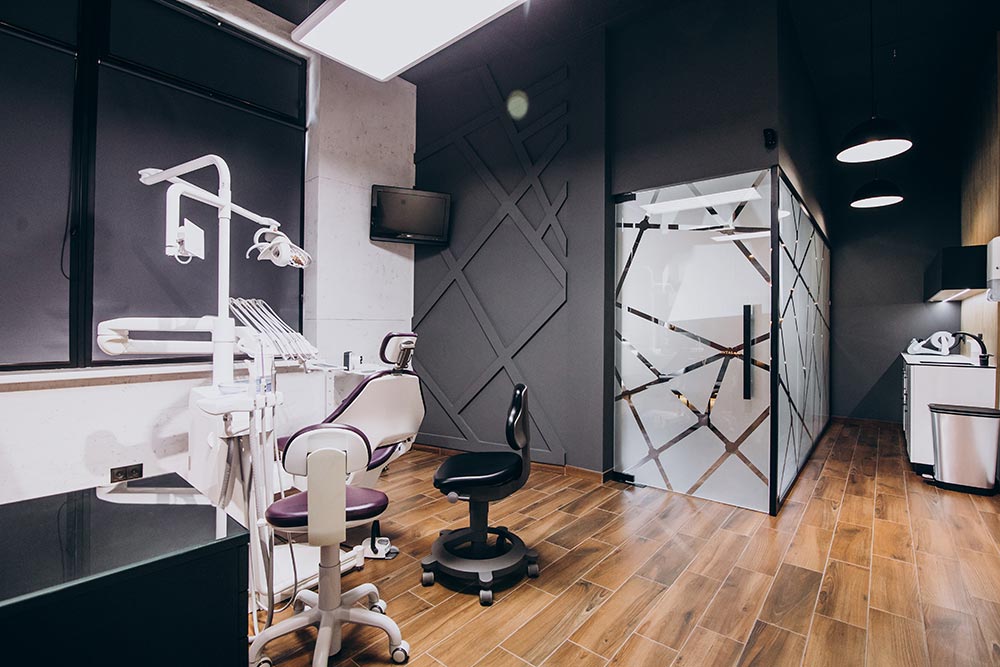The cleanliness and hygiene of a dental office play a crucial role in ensuring the safety and well-being of both patients and dental professionals. A clean environment not only instills confidence in patients but also helps prevent the spread of infections and diseases. With various surfaces, equipment, and instruments involved in dental procedures, it is essential to establish a regular cleaning schedule to maintain a high standard of cleanliness. In this article, we will explore how often a dental office should be cleaned to promote a safe and healthy environment.
Daily Cleaning Practices:
Dental offices should implement daily cleaning practices to address immediate cleanliness requirements. These practices include regular disinfection of frequently touched surfaces such as reception counters, door handles, light switches, and waiting area furniture. Additionally, floors should be vacuumed or mopped daily to remove any accumulated dirt or debris. These routine cleaning tasks should be conducted at the end of each day or at the beginning of the next working day to start with a clean slate.
Operatory Cleaning:
Operatory areas, where dental procedures take place, require thorough cleaning and disinfection between each patient to maintain the highest standards of hygiene. After every treatment, all surfaces, including the dental chair, countertops, trays, and overhead lights, should be properly disinfected using appropriate cleaning agents. It is crucial to follow the manufacturer’s instructions regarding contact time and dilution ratios for the disinfectants being used. This ensures effective disinfection and reduces the risk of cross-contamination.
Weekly Deep Cleaning:
In addition to daily cleaning practices, dental offices should incorporate a more comprehensive deep cleaning routine on a weekly basis. This entails a more thorough cleaning of hard-to-reach areas, such as behind dental chairs, under equipment, and in storage areas. It is also important to pay special attention to air vents, blinds, and curtains to remove any accumulated dust or allergens. Weekly deep cleaning helps prevent the buildup of dirt, bacteria, and other pathogens that may compromise the overall cleanliness of the dental office.
Sterilization and Instrument Cleaning:
Sterilization of dental instruments is a critical aspect of maintaining a safe and hygienic dental office. Instruments used during dental procedures must be properly cleaned, disinfected, and sterilized before reuse. Dental offices should adhere to strict protocols for instrument cleaning and sterilization, following the guidelines provided by relevant dental associations and regulatory bodies. This process typically involves mechanical cleaning, followed by thermal or chemical sterilization methods, depending on the instrument type. These procedures should be carried out after each use to ensure patient safety.
Periodic Maintenance:
To maintain an optimal level of cleanliness, dental offices should also consider periodic maintenance tasks. This includes inspecting and cleaning the dental unit waterlines, which can be a breeding ground for microorganisms if not properly maintained. The dental office’s HVAC system should also be inspected and serviced regularly to ensure proper airflow, ventilation, and filtration. Additionally, upholstery and fabrics in the waiting area and operatories should be periodically cleaned to remove stains and maintain a fresh appearance.
Conclusion:
Maintaining a clean dental office is of utmost importance to safeguard the health and well-being of both patients and dental professionals. Daily cleaning practices, thorough operatory cleaning between patients, weekly deep cleaning routines, proper instrument sterilization, and periodic maintenance tasks are essential elements of a comprehensive cleaning schedule. By adhering to these guidelines, dental offices can create a safe and hygienic environment that instills confidence in patients while promoting optimal oral health care delivery. Contact Cing Etoiles today for an estimate to clean your dental office!

